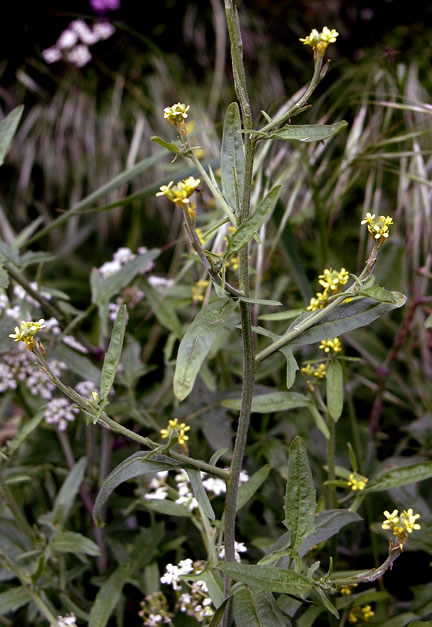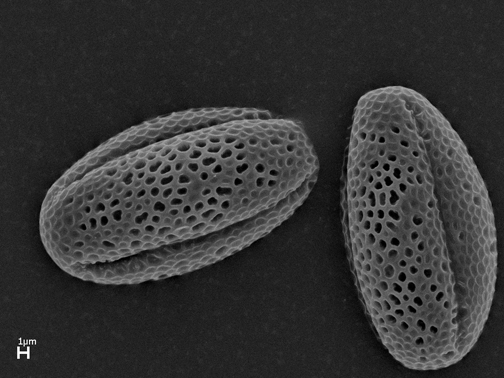| ID Characteristic | For S. officinale, the fruit is held tightly alongside the stem and is only 1-2 cm long. It is supported by a short, stout pedicel. The whole plant is rough to the touch and is wiry when dry and difficult to pull apart. Often the branches of the mature inflorescence are rigid and spread at right angles to the main axis. The plant has a grey-green appearance. |
| Pests | Lepidoptera caterpillars. |
| Habitat | A native of Europe and North Africa, it is now well-established throughout the world. |
| Leaf Description | Basal leaves form a deeply divided rosette. The basal leaves are up to 10 cm long, pinnatisect with 3-5 pairs of toothed lobes and a large terminal lobe. Middle and upper stem leaves are smaller, with or without a short petiole, much less divided and are alternate in arrangement. |
| Flower Description | The flowers are small and in racemes with four yellow to pale yellow petals that are 2-4 mm long, in the shape of a cross. The inflorescence has no bracts. There are 4 free sepals that are 2 mm long, 4-6 stamens, the inner four being longer than the outer pair. |
| Fruit Description | The fruits is a conical shaped siliqua 1-2 cm long, without a beak, held close to the stem on a short stout pedicel 1-2 mm long. It is dehiscent with 2 valves, each with several seeds which are about 1.5 mm long.
|

.jpg)
